現在お買い物カゴには何も入っていません。
A world of superlatives described as jewelry
What is Cloisonne?
—— What are the characteristics, charm, and history of cloisonne enamel
Cloisonne is considered a treasure. Designed and colored light
❖ Characteristics of Cloisonne?
Originated as jewelry
Cloisonne enamel is a traditional craft in which a drawing is made using lines of pure silver or pure gold on a metal base such as a copper or silver plate, which is then covered with a crystal glass glaze and baked. The name “Shippo (It means seven treasures in Japanese.)” is derived from its beauty, which is comparable to the seven treasures in Buddhist scriptures: gold, silver, lapis lazuli, boli, giant clam, agate, and red bead.
Owari cloisonne enamel originated in Shippo-cho, Aichi Prefecture (now Shippo-cho, Ama City), and because of its delicate techniques and beauty, it is an art form designated as a traditional craft by the Ministry of Economy, Trade and Industry.
Shippo-yaki differs greatly from ceramics, which uses clay and ceramics, in terms of history, usage, and materials. While pottery and ceramics are characterized by their origins as daily necessities, shippo-yaki has flourished as art jewelry since its inception.
Cloisonne enamel is classified as a unique genre of cloisonne, a combination of metal and glass crafts, and differs from ceramics, metal crafts, and glass crafts, which are all closely related in terms of materials and uses. Cloisonne enamel is the only traditional craft classified as jewelry and was once subject to excise taxes.
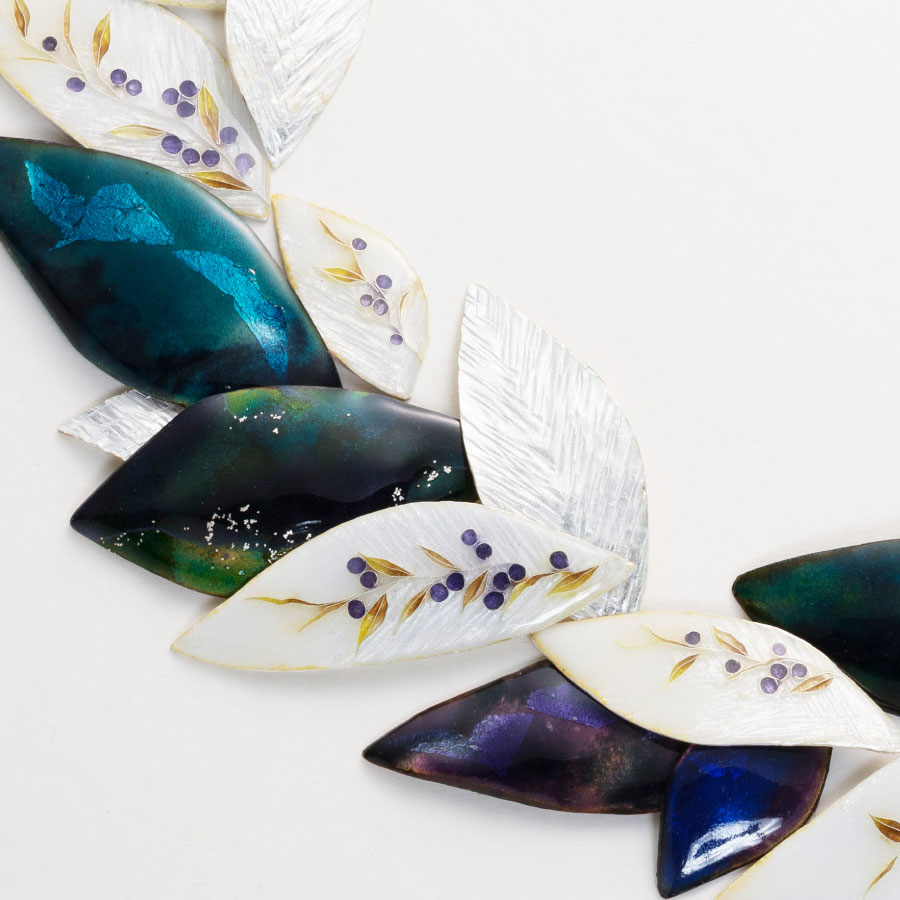

❖ Charm of Cloisonne
Secrets of the pictorial design
Cloisonne enamel uses materials such as silver and copper for the base material, and then ribbons of pure silver or pure gold wire are erected on top of the material to create the design. This extremely time-consuming process allows for more delicate and beautiful designs. Since the lines themselves are drawn in silver or gold, the beautifully shining line drawings are another attraction.
Silver or gold leaf is sometimes used to add nuance. The glaze, which is the paint for cloisonne enamel, is made of metal and glass materials melted and mixed at extremely high temperatures, and once hardened, it is ground into a sand-like substance. These colorful glazes produce a richly colored craftwork.
❖ History of Cloisonne
Origin of Cloisonne
Cloisonne enamel has its origins in ancient Egypt, where similar objects were found in the B.C. period, and in Japan, where a golden 12-lobed mother-of-pearl mirror from the Shosoin Treasures of the Nara period still remains. The pottery was then passed down to Shogoro Hayashi of Toshima Village, Ama City (present-day Toshima, Shippo-cho).
Since then, numerous studies were conducted on glazes and techniques, and Shippo-yaki has received numerous awards at domestic and international expositions, laying the foundation for the prosperity of Shippo-cho. As a result, Owari cloisonne enamel has become a unique traditional Japanese craft that is famous throughout the world.
Although cloisonne enamel production methods have been studied for a long time and there is a wide variety of cloisonne enamel, so-called “cloisonne enamel” is mainly produced in Nagoya and Shippo-cho.
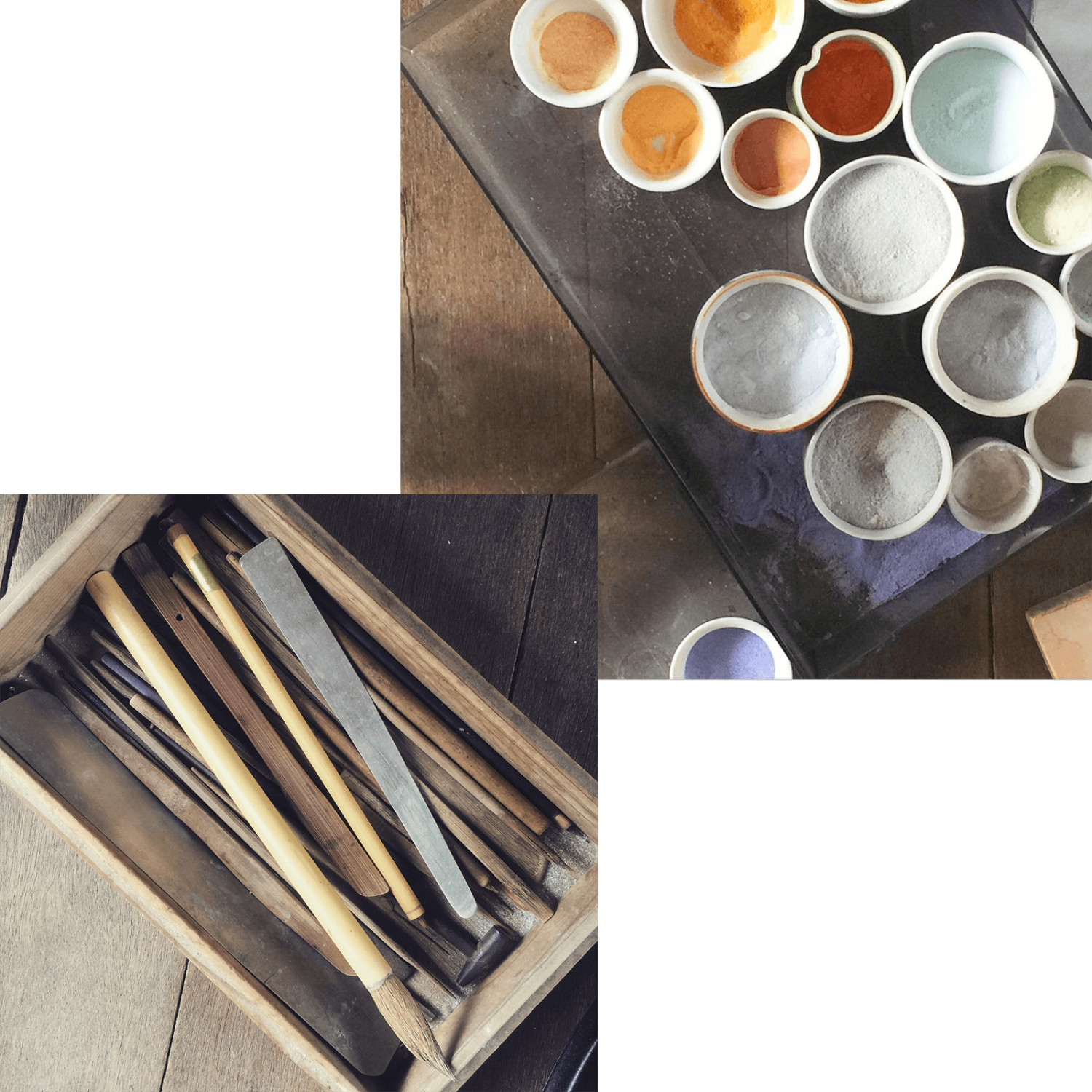
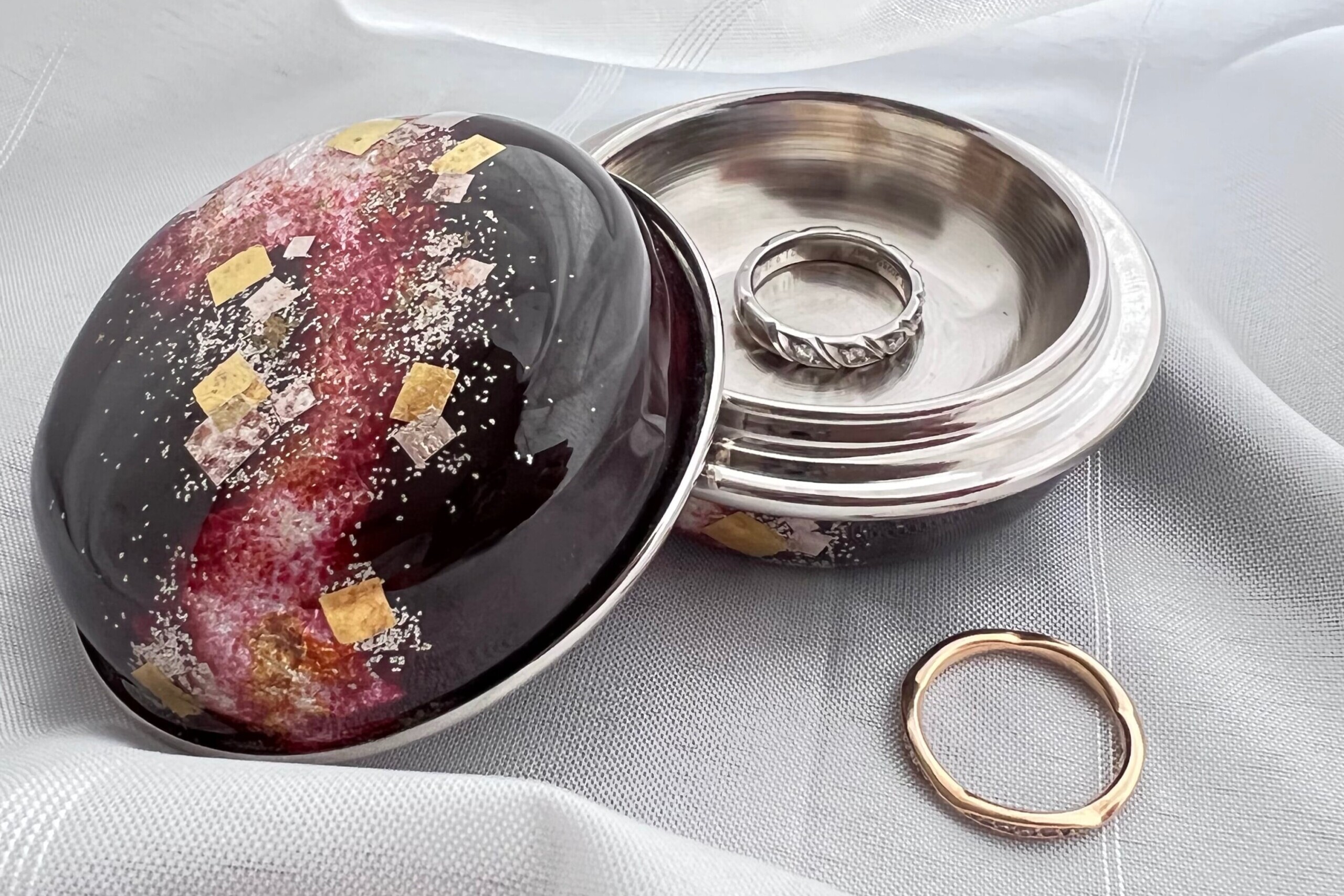
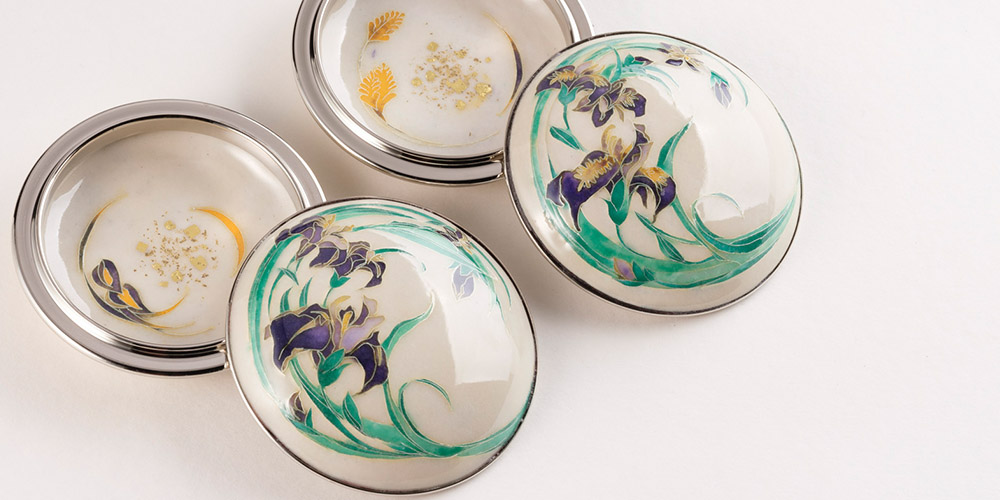
Charm with beauty of calculation
Each piece is fired at each step of the process, sometimes eight times before completion.
Although it is a craft that requires extremely delicate techniques and time-consuming labor, its vivid colors, luster, and unfading brilliance have been loved by people of all generations.
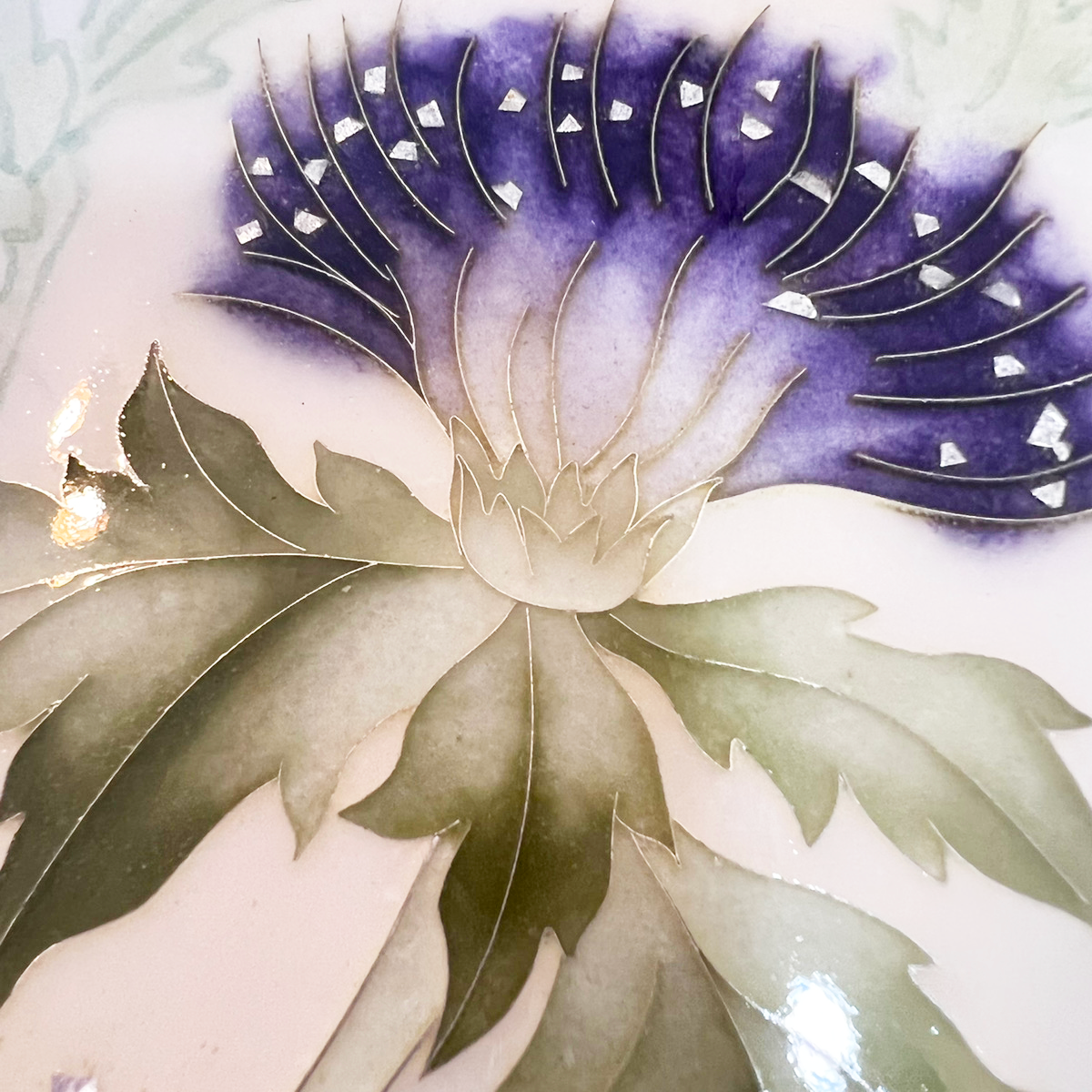
A world depicted in gemstones
*Please use your browser’s translation function to view.

